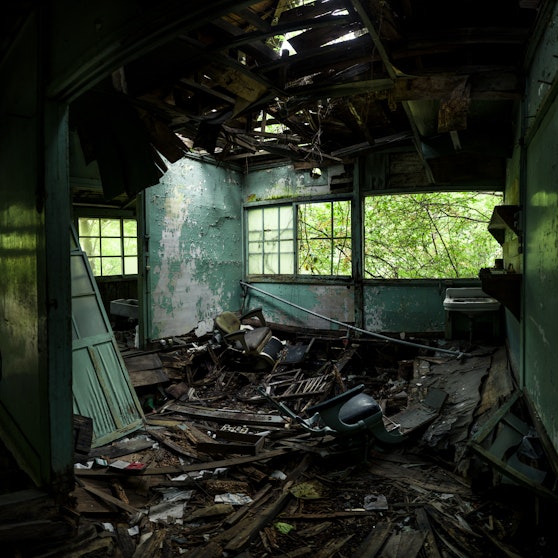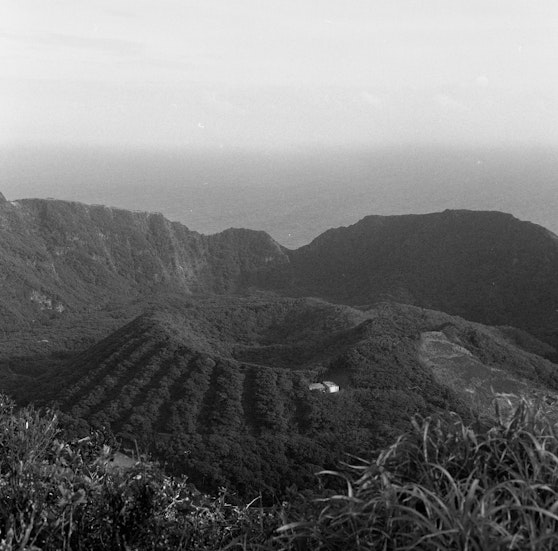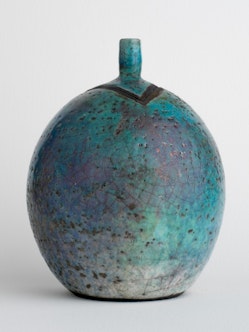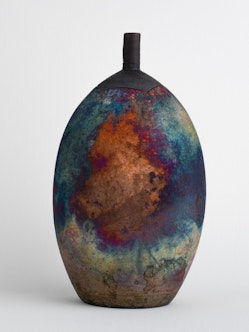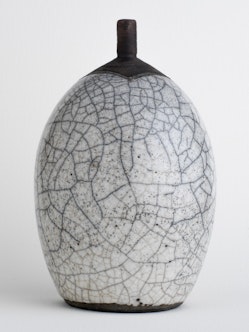クライアント ログイン
Art and Culture
投稿日時
6th December 2015
In June of last year I was given the opportunity by Hasselblad and the Swedish Embassy in Tokyo to travel to Sweden. One of my stops was the atmospheric old University town of Uppsala.
After exploring the sites like the historic cathedral and the botanical gardens, I had the curious fortune of running into three instances of Swedish art and culture each with links back to Japan.
First, while strolling through the botanical gardens, I noticed that there was an exhibition being held inside the 200 year old orangery. The exhibition was of large form modern Ikebana, the pieces each constructed from Swedish flora by Japanese artists. Each work was an incredible dynamic creation which changed organically alongside the season, so visiting the show at the start and end of the summer would afford entirely different views of the works.
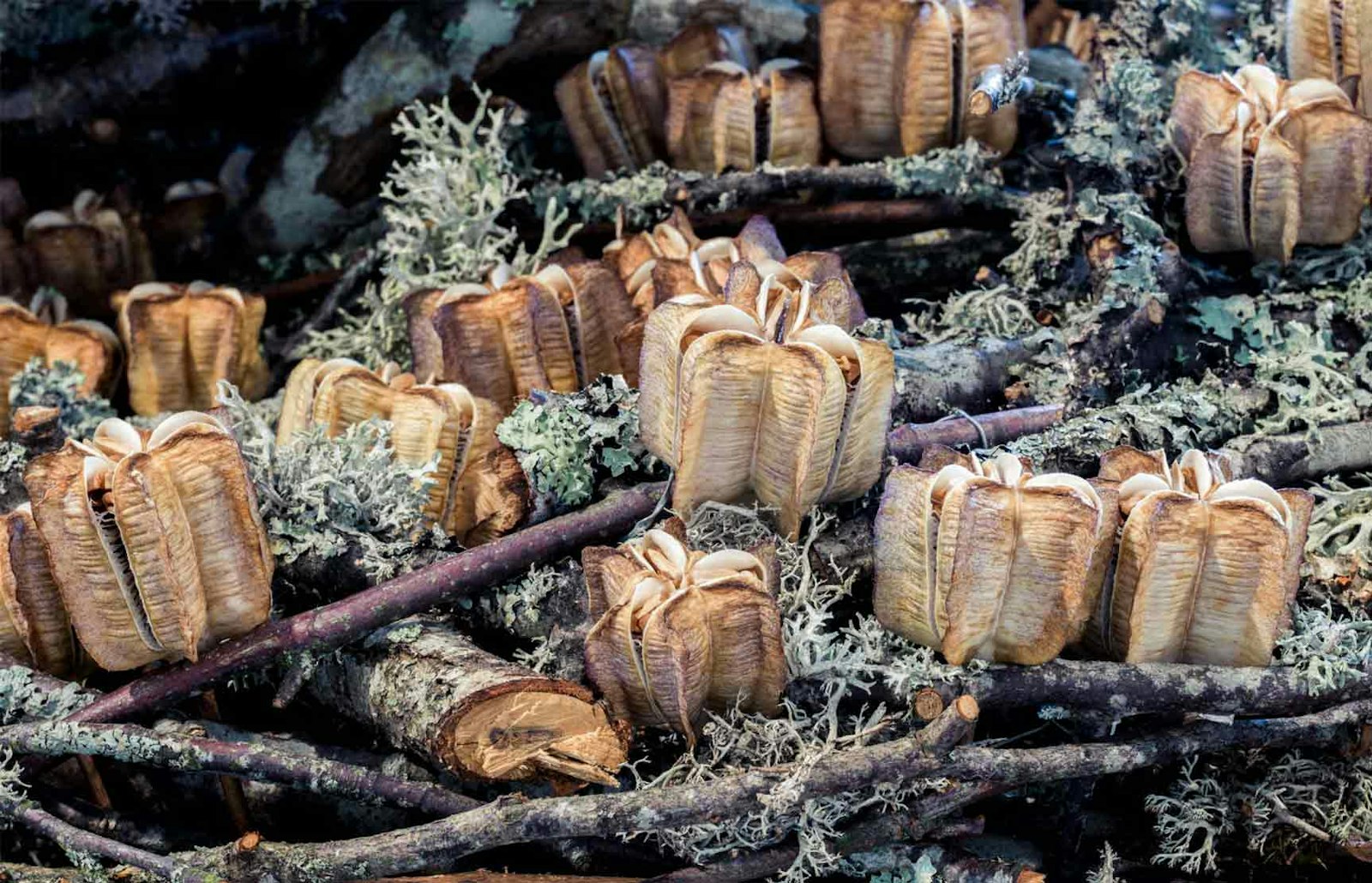

I then had the privilege of being generously welcomed into the home and studio of local Artist Olle Pott (http://www.olle-pott.se/). Olle works primarily with glass and ceramics, and has recently been experimenting with the Japanese raku-yaki style of pottery. He kindly let me photograph some of his amazing creations, before sending me on my way to search for an old abandoned mill hidden in a nearby forest which I was hoping to photograph.
Wandering through the forest on a perfect midsummer’s afternoon, the mill came into sight as I crossed a bridge over a noisy stream. It was a beautiful building, still with much of its old equipment intact. Outside the mill I met Kirsten Holm, another local artist, who was painting some of the wildflowers surrounding the mill. After introducing myself and chatting for a while, Kirsten kindly allowed me to photograph her inside the mill while she played her Kantele. The Kantele is a traditional stringed instrument from Kirsten’s homeland of Finland, and it is a distant relative of Japan’s famous Koto. The mill is often used for concerts, and it made for the perfect setting for the tranquil music of the Kantele.
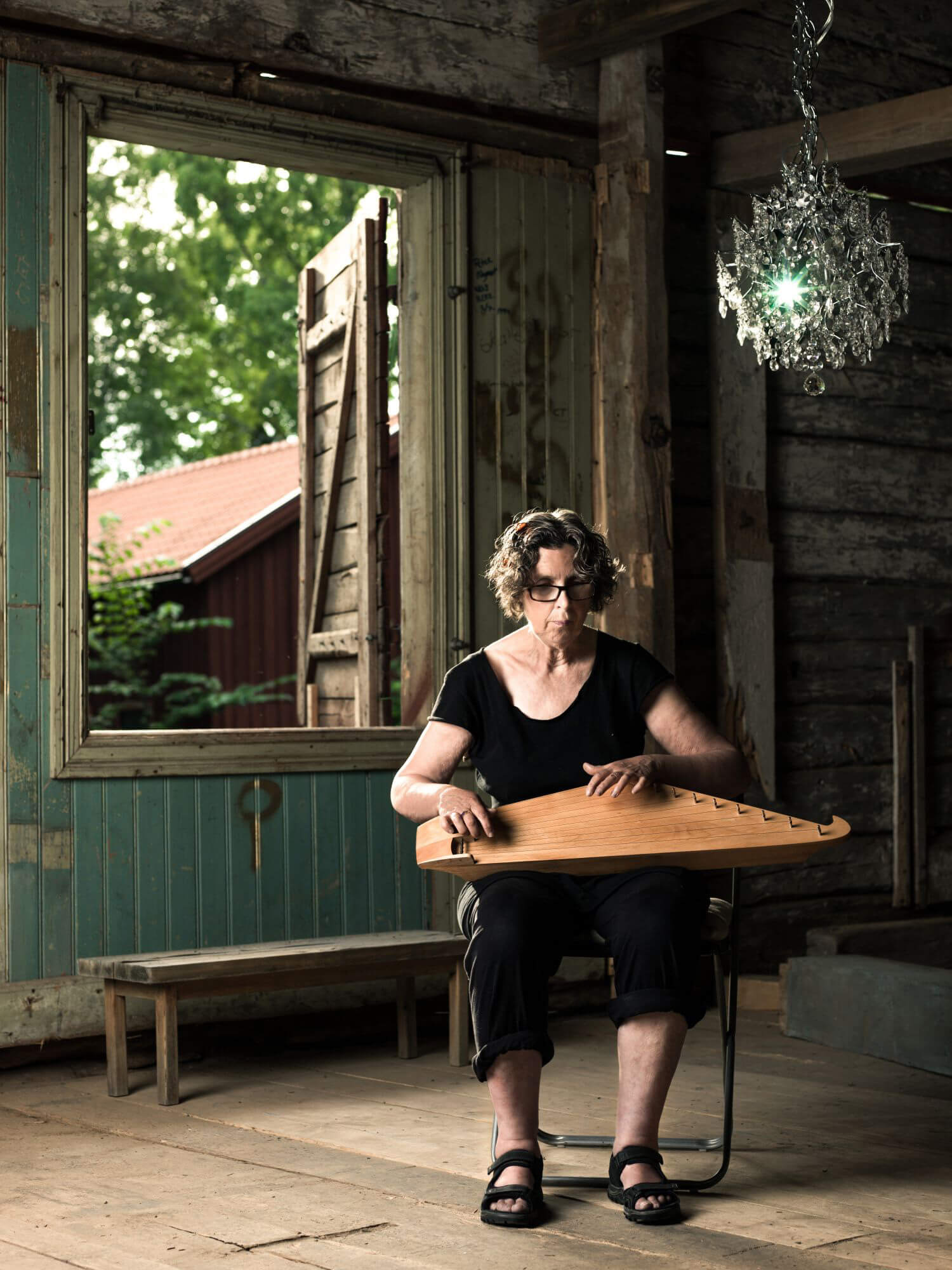
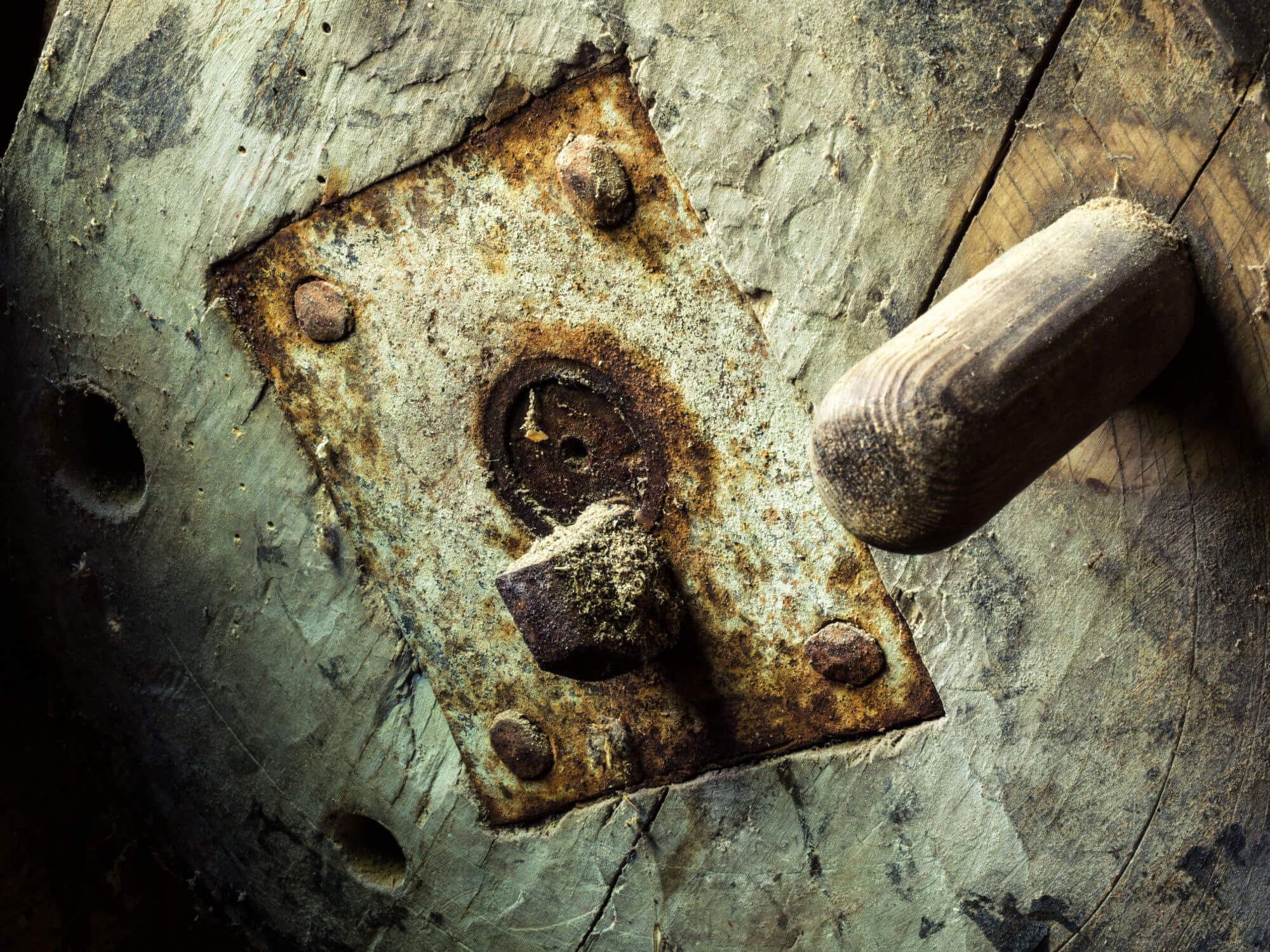
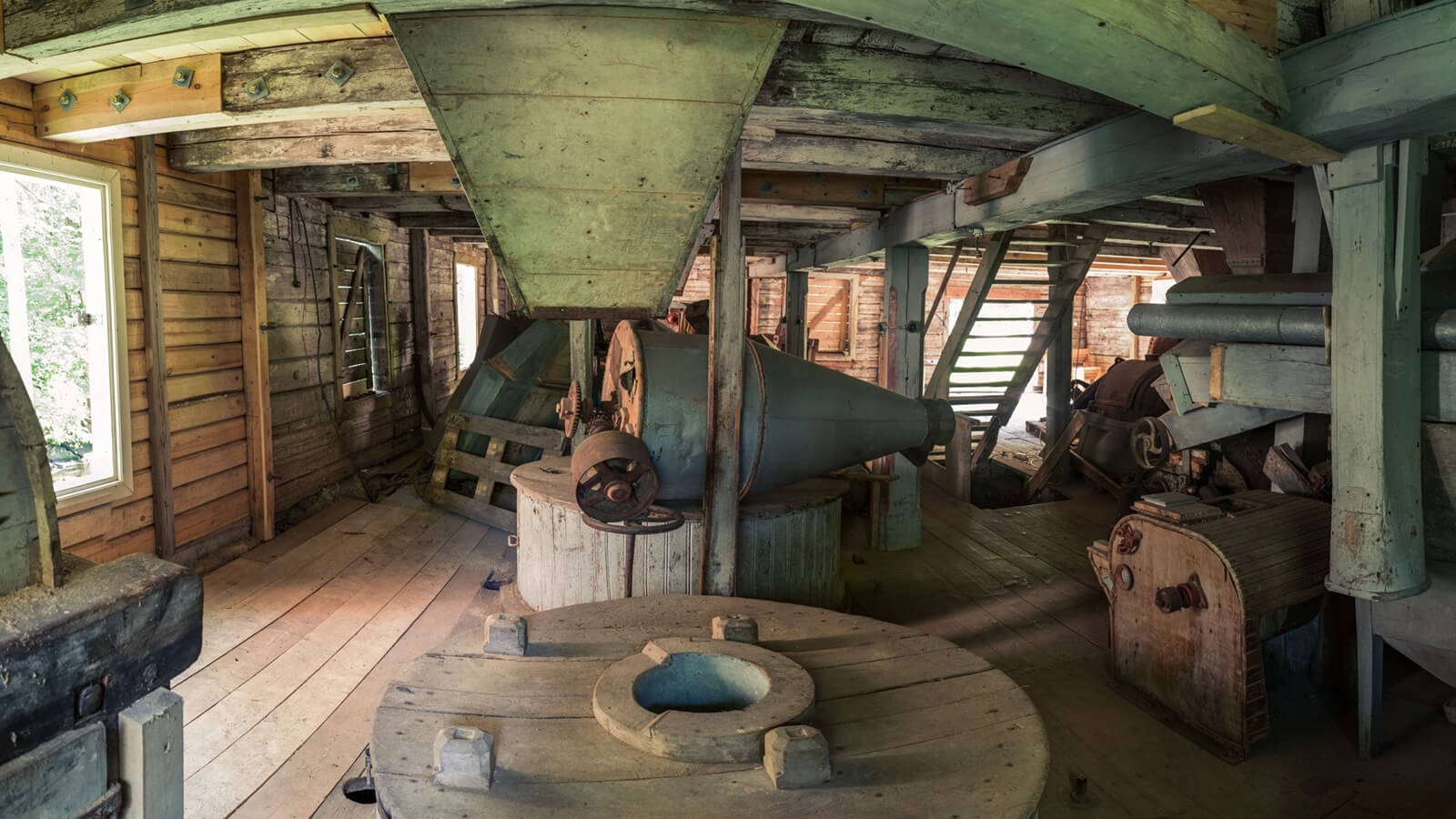
Although I was far away from Japan, it was impressive to see just how much of an influence Japanese culture has in the lives, interests and artistic expression of people everywhere. I must also thank Olle Pott and family, as well as Kirsten Holm for giving so generously of their time and sharing their passions so openly with me.



